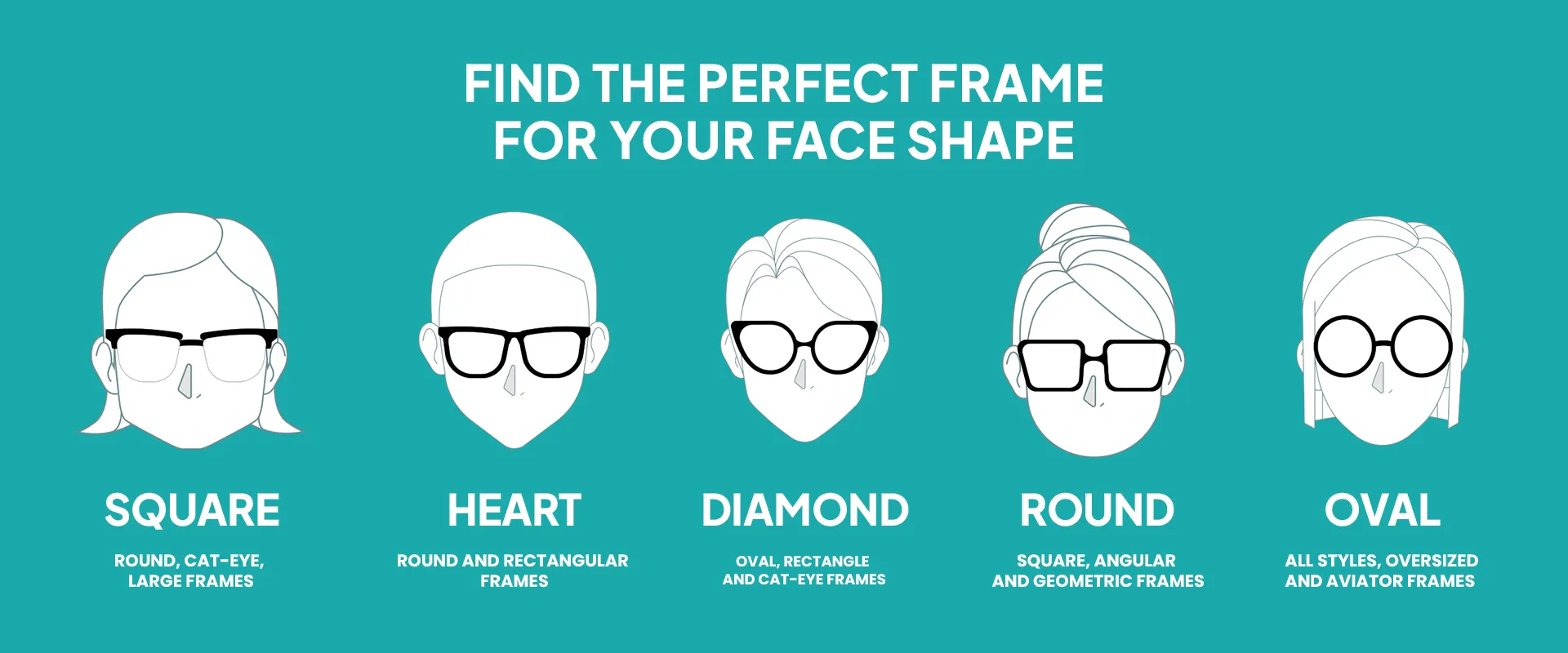
The Ultimate Guide to Choosing Glasses for Your Face Shape
Not everyone shares the same physical appearance—we all have unique traits and personalities. Our distinct

Have you ever noticed why most of your family members have poor eyesight or why some are undergoing treatment for eye disease? Many factors contribute to hereditary eye conditions — genetics can greatly affect eye health and the possibility of developing certain eye issues.
This blog helps you understand the genetic factors behind various eye conditions and shows how you can take preventive measures to ensure proper eye care.
When discussing hereditary eye conditions, it is crucial to understand the roles of genes and DNA. A gene is the basic physical and functional unit of heredity and is made up of DNA.
Hereditary, on the other hand, refers to traits or conditions that are genetically transmitted from parent to offspring.
It is important to note that while both genetic and hereditary diseases are determined by mutations in our DNA, not all genetic diseases are transmitted down the family line (Moreno, 2022).
Hereditary optic neuropathies (HON) are genetic conditions that damage optic nerves and, in some severe cases, lead to vision loss. Some of this damage remains permanent, while some cases progress over time.
HON includes two primary types: Dominant Optic Atrophy and Leber Hereditary Optic Neuropathy.
In DOA patients with symptoms besides their eyes (e.g., hearing loss, muscle weakness), vision loss may become severe over time.
Leber hereditary optic neuropathy, another type of hereditary optic neuropathy, is mostly experienced during late childhood and early adulthood. People who have this condition commonly experience blurry visions that quickly escalate over time. As a result, they become legally blind in months due to this hereditary eye condition.

Currently, there is no cure for hereditary optic neuropathies. Several clinical trials have been conducted in an attempt to discover remedies.
Although unproven, avoiding drinking alcohol and smoking tobacco suggests that it may reduce your risk of acquiring these conditions.
More than 350 genetic eye diseases are classified as hereditary eye conditions. Here are some examples:
It is a genetic eye disease that people are born with. Symptoms usually start in childhood, and most people eventually lose sight as it spreads. It can cause night blindness and peripheral vision loss.
If your parents are nearsighted, you are more likely to be nearsighted too. However, you can still be nearsighted even if your parent isn’t. Being nearsighted involves several factors, with genetics being just one.

Although you can’t prevent genetic conditions, you may lower your risk by following preventive measures.
You can detect Genetic eye diseases early. If you often encounter eye discomfort or similar things, you may opt to know the reasons behind it by consulting an eye care professional. You can avail free eye check-up at the nearest Executive Optical around you.

Not everyone shares the same physical appearance—we all have unique traits and personalities. Our distinct

When meeting someone new, what do you notice first? It’s probably their eye and eye

Breaking Barriers and Stereotypes More than childbirth and household duties, women are capable of much